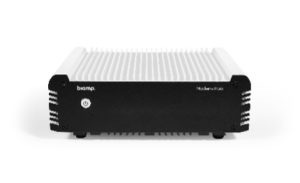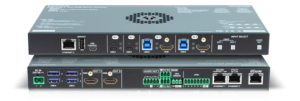BYOD (bring your own device) is not as old as the common cold, but it may be as pervasive. It’s also a lot more useful, but it can still be troublesome for the teams in charge of accommodating and securing such a wide range of devices. Fortunately, there are some simple remedies for BYOD’s challenges.
Why Is BYOD Still Such a Headache?
Most companies have had BYOD policies and procedures in place for years, but the pandemic drove many workers out of the office. Employees have spent the last couple of years joining conference calls through their smartphones and laptops by simply clicking a link. Some workers don’t want to give up the simplicity and flexibility they have working with only their own devices.
Now, as they return to the office, they have to learn how to connect to meeting room tools so they can share to the room display.
Tim Koskamp, Field Sales Engineer at Biamp, explains that employees, “When users have been conditioned that the room computer does everything—just wake up the PC and it turns the display on and everything’s ready to go—BYOD adds an extra step to participate. Maybe it’s connecting their laptop to the system with a wired connection or wireless, then joining the meeting. The options vary, but it’s that second step that seems to trip people up sometimes.”
Resolving the BYOD Dilemma
Sometimes the best solutions are the simplest. We asked some BYOD experts what they recommend to solve the BYOD struggles in today’s meeting rooms. Here are their suggestions:
Tim Koskamp, Field Sales Engineer at Biamp suggests giving users the choice of to connecting their device to the room’s display and audio system via a USB cable or providing a system like Biamp’s Modena to connect and share wirelessly. Also consider leaving instructions for room users to refer to “if they get stuck.”

Megan McBride, Product Marketing Content Specialist at C2G, says C2G offers two simple solutions to help meeting room users to connect their devices with ease. The C2G Retractable Universal 4K HDMI Dongle Adapter Ring can connect almost any device to an in-room display. The C2G Conference Room Video Hub lets multiple users connect and share content. “Connections support up to a 4K 60Hz 4:4:4 video resolution, so meeting attendees will be able to see the displayed content for improved comprehension and detailed decision making.”
Jason Tirado, President of Lightware North America, explains, “Today’s meeting room designers are facing a tough challenge—using hard codecs or the room PC to make a call and managing the laptops’ HDMI signals is not enough anymore. Plus, more and more laptops are using only USB-C for signal distribution.” One solution is the Taurus UCX from Lightware. The managed docking station accommodates both USB-C devices and PC-type sources. All BYOD participants can share the room’s mic, camera, and speakers by plugging in their cables. “It will allow up to four BYOD signals with embedded audio to share USB sound bars, webcams, keyboard and mouse, and it charges a connected laptop.”
Get Expert Help with Your BYOD Challenges
In-person meetings are back in style, and employees are bringing a variety of devices with them. Prepare your meeting rooms for BYOD by talking to a PSNI Certified Solution Provider today.








